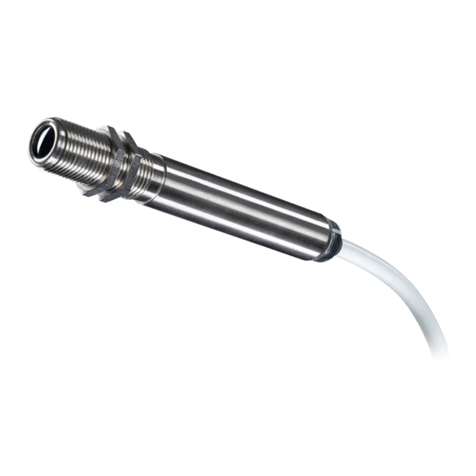3.2.2 Open collector output.......................................................................................................... 38
3.2.3 Direct connection to a RS232 on the computer.................................................................. 39
4Schematic circuit diagrams for maintenance applications.......................................................... 41
5Software CompactConnect.............................................................................................................. 45
5.1 Installation................................................................................................................................... 45
5.2 Communication settings ............................................................................................................. 47
5.2.1 Serial Interface.................................................................................................................... 48
5.2.2 Protocol............................................................................................................................... 48
6Digital command set......................................................................................................................... 49
7Basics of Infrared Thermometry ..................................................................................................... 51
8Emissivity.......................................................................................................................................... 53
8.1 Definition..................................................................................................................................... 53
8.2 Determination of unknown emissivity ......................................................................................... 53
8.3 Characteristic emissivity............................................................................................................. 55




























